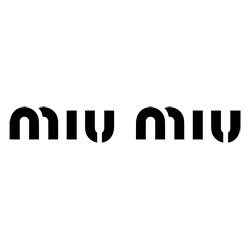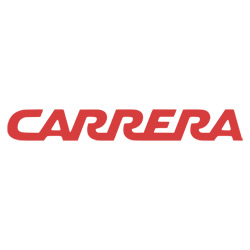Eyeglasses
in Herndon, VA
At Beyond Eyecare, we offer a wide selection of designer eyeglasses in Herndon to meet our patients’ needs. With so many options available, it can be overwhelming to choose the right pair that suits both your needs and preferences. Our knowledgeable staff will work with you to determine your prescription needs and style preferences to help you find the perfect pair that fits your unique personality.
It’s important to visit your eye doctor regularly for comprehensive eye exams to ensure that your prescription is up-to-date and that your eyes remain healthy. Your eye doctor can also provide recommendations on lens coatings or treatments that can enhance the performance of your eyeglasses.
High-quality lenses for every lifestyle
Thanks to the advancement of lens technology, glasses lenses are no longer a one-size-fits-all solution. There are a variety of different lens types that can be used in glasses, giving patients greater flexibility and control over their vision than ever before.
Single vision lenses
Also known as monovision lenses, these lenses are designed to correct the wearer’s vision at just one distance and have a single prescription covering the entire surface of the lens. They are most often recommended for people who are either nearsighted (myopia) or farsighted (hyperopia) and who need glasses for a specific activity, such as driving or reading.
Progressive lenses
Progressive lenses are multifocal lenses that can correct a patient’s vision at different working distances, ranging from far distance to reading distance. However, rather than designating different areas on the lenses for different distances with visible lines separating them, progressive lenses have a gradual change so that the wearer can smoothly transition from one lens power to another.
Bifocal and trifocal lenses
As you may have guessed from the name, bifocal and trifocal lenses have either two or three lens powers depending on which type you choose. Bifocal lenses support distance vision in the top half of the lens and near vision in the lower half. Trifocal lenses support distance vision in the top third of the lens, intermediate vision in the middle segment, and near vision in the bottom third. Whichever variety you choose, you will see visible lines separating each segment.
Bifocal and trifocal lenses are recommended for patients who are near or farsighted and those who develop presbyopia, which is the natural hardening of the eye lens that occurs as we get older. Presbyopia makes it harder for the lens of the eye to adapt to focus at different distances.
Multifocal lenses
Multifocal lenses are the alternative name given to bifocal, trifocal, and progressive lenses.
Computer lenses
Computer lenses are prescription lenses designed to be worn when doing computer work. This is because they place the optimum lens power for viewing your computer screen exactly where you need it—which is closer than intermediate vision, but further away than reading material is usually held. Wearing computer lenses can significantly reduce the negative effects caused by the high visual demands of computer work, including blurred vision, redness, dry eyes, double vision, and dizziness.
Transition lenses
Also known as photochromic lenses, transition lenses are a type of lens that darkens when in the sunlight and lightens when in softer light or the dark. This versatility gives the wearer the convenience of moving between different environments without having to change their glasses. This makes them extremely cost–effective and eliminates the need to take multiple pairs of glasses everywhere you go. Transition lenses also filter out many of the harmful UV rays emitted by the sun, helping to keep eyes healthy too. They are ideal for people who spend a lot of time going between inside and outside or who work outside in varying weather conditions.
Blue light lenses
Blue light lenses contain filters that block out much of the artificial blue light produced by digital devices like computers, smartphones, and tablets. Natural blue light is actually good for balancing our sleep-wake cycle, boosting our mood, and enhancing our cognitive abilities so that we can function better on a daily basis. However, too much blue light, especially from artificial sources, can have the opposite effect. Many people who fail to use blue light lenses can go on to develop digital eye strain, which produces symptoms like eye fatigue, dry eyes, blurred vision, headaches, and more. Blue light lenses are recommended for anyone who spends a lot of time working on a digital device.
Polarized lenses
Polarized lenses reduce eye strain and improve vision quality in patients on especially sunny days, making them ideal for anyone who spends a lot of time outdoors. They have a filter that blocks some of the light from passing through the lens. Vertical light can pass through, while horizontal light, like that which bounces off water and can be blinding, is blocked. Polarized lenses are most often used in sunglasses since they are worn outdoors, and the wearer also needs to protect their eyes from UV damage.
High-index lenses
High-index lenses are thinner and lighter than standard lenses. They are made from advanced materials that bend light more efficiently, allowing for a slimmer profile even with higher prescriptions. This means you can enjoy clear vision without the bulk and weight of traditional lenses.
Do you have questions about which frames or lenses are right for you? Contact us to schedule an eye exam to evaluate your individual needs.













